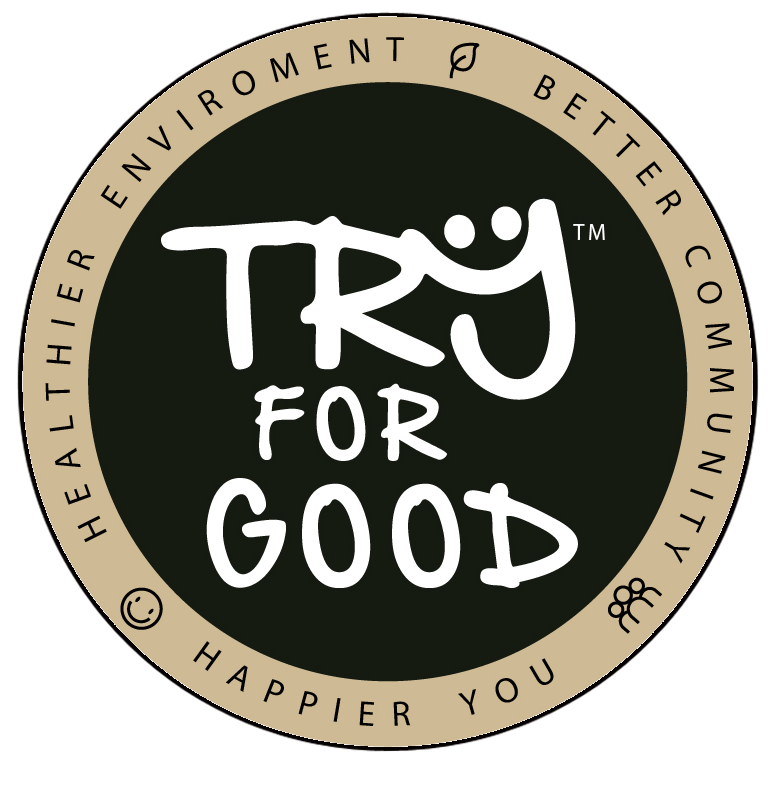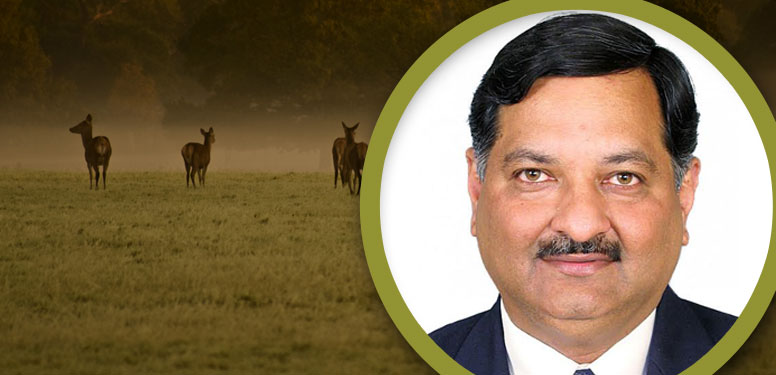Anju: India is rich habitat with great biodiversity. How will you describe it for a nature lover and wildlife enthusiast?
Dr. Mathur: India is very uniquely endowed with a vast range of diversity, habitats, and species. We should take a lot of pride in our unique heritage. In the whole world, there are only 17 countries identified as MEGA BIODIVERSE. Along with Mexico, China, South Africa, Brazil, Australia etc., India holds a unique distinction of being one of these countries, which harbors maximum biodiversity on this planet.
In India, there are about 45,000 species of plants and 91,000 species of animals with a high diversity of birds and fishes. We have about 12% birds, 11% of the world’s fish species, 6% reptiles and so on. There is also a term called as “HOTSPOTS” i.e., the areas where the no. of species found per unit are very high and unique. But at the same time, these units have conservation threats. There are 26 hotspots across the world and of which FOUR are here in India.
We have a huge responsibility to conserve, protect and manage our natural heritage. There is a constant pressure of rapid development. We have a population of one billion plus and growing. There is no other country probably that has to manage both.
Anju: With the facilitation of transportation, leisure-oriented lifestyles; people are reaching to more exotic and virgin places, which are quiet homes to the wild species. Is it a threat to biodiversity?
Dr. Mathur: First of all I would say that it is a very welcome step that people reach out to nature leaving their urban environment. Because nature has a lot to teach! But anything that we do unregulated is bound to have its negative impact. The trends show that unregulated tourism could be a possible threat and this needs to be regulated.
People have to learn to respect nature. If you are coming to nature for its serenity, peace, beauty, and solitude, then blend in. Do not disturb with your loud noise, music, garbage, plastic disposables etc. We cannot carry the same urban lifestyle in the jungle or in other parts of nature- whether it is mountains, rivers, glaciers or any other form. The flora and fauna should not get adversely impacted by our visits. Right from our clothing to our behavior, we must observe a protocol.
The big message that I would want to leave will be “Come enjoy nature in its own setting”. Media and billboards can play a very vital role here to regulate the visitors.
Anju: What is the importance of biodiversity?
Dr. Mathur: Biodiversity is life! We all connect to biodiversity, but unfortunately, this connect is not well understood by many of us. We look at some species, some animals, some plants, but we must understand the nature as a whole and look at its enormous benefits.
Nature provides us ecosystem services. In the urban environment, we understand the concept of a paid service but we have a poor understanding of nature’s services. Nature gives us clean air, water, and soil. But we just take these for granted because they are free!
On the other hand, human actions are impairing the nature. Whenever we go out, we buy mineral water because we have not kept the water bodies clean. Instead of conserving nature we are trashing it more by disposing of the plastic bottles and other wastes. Plastic bottles are very hard to recycle and they need a great amount of energy for recycling. We first pollute what we have as nature’s resource, and then we go for identifying the substitutes, which are both cost and energy intensive.
Unfortunately, the scientific community has also not been able to convey the connect between nature and culture. I am confident that responsible campaigns were done by initiatives such as “Try for Good” will build more awareness among people.
Anju: Most of us do know through “Save the Tigers” campaign that they are endangered. Has the campaign made any impact? How? Which are some other endangered species in India?
Dr. Mathur: “Save the Tigers” campaign is a welcome idea as it has helped to reach out to youth, to children and more people. Also, everybody has now glued to media and the exposure is far better. I would like to add that the campaign needs to be expanded and its learnings need to be practiced. Also, different stakeholders have different roles. But the real conservation is out there in the field. What is needed is the long term mindful impact with a wider reach. You need to educate people and give them ideas as to how they can be more responsible for their actions. We must strive to minimize our carbon footprints and increase our hand prints.
As far as the endangered species are concerned, there are much more beyond the commonly known Tigers and Elephants. Tiger population has increased and is over two thousand now. The Great Indian Bustard population is less than 150 in the entire world. In Maharashtra, there are only 3, while in Rajasthan there are around 125. The state and the people must conserve this rare species.
We need to care for all the species. We need to see that nothing goes extinct in our lifetime.
Anju: What are the other threats to wildlife beyond travel?
Dr. Mathur: Today the biggest direct threat is through poaching of wild animals for their parts, products, and derivatives. The other threat is from linear infrastructure development, such as roads, railway lines, canals, power transmission lines etc. As countries develop, we need more roads, railway, power transmission lines etc. Many of these are passing through our forests and wetlands.
But if we do not take care of ecology and environment then there is going to be a mismatch. It will have a backlash sooner or later. You have already seen abrupt rainfall in Mumbai, Rajkot, Chennai. At the same time, there are cities affected by drought. These are going to come back with larger frequency and magnitude. These are giving us ‘warning signs’ which we must recognize and take remedial actions.
Anju: Ministry of Tourism in India has incorporated eco-tourism with the idea to promote tourism. Do you see any tangibility? Some exemplary sites?
Dr. Mathur: For eco-travelers, Wildlife Sanctuaries and National Parks are of primary interest. Increasing number of travelers is creating a lot of biotic pressure with the need of hotels, lodgings, the number of safaris increasing per day. There should be studies to assess the environmental carrying capacities of both urban and rural spaces.
Regulatory framework, business, and revenue generation have to be looked at hand in hand. There are thousands of people who come to Ranthambore or Keoladeo National Parks. We need to have a re-look at that. If the resource itself is depleted there will be no tourism.
In Karnataka, there is a group of lodges- Kabini Lodge, a joint venture with the forest department and private companies. People can enjoy Kabini river flowing, you can do fishing as recreation but then you release it back.
Anju: Which are your favorite wildlife animals and sites?
Dr. Mathur: There are no favorites. All uncultivated flora and fauna occurring in the wild need my respect and attention. My work takes me to a number of wild places- while you may have to pay to get there I get paid. Isn’t it nice and beautiful!

